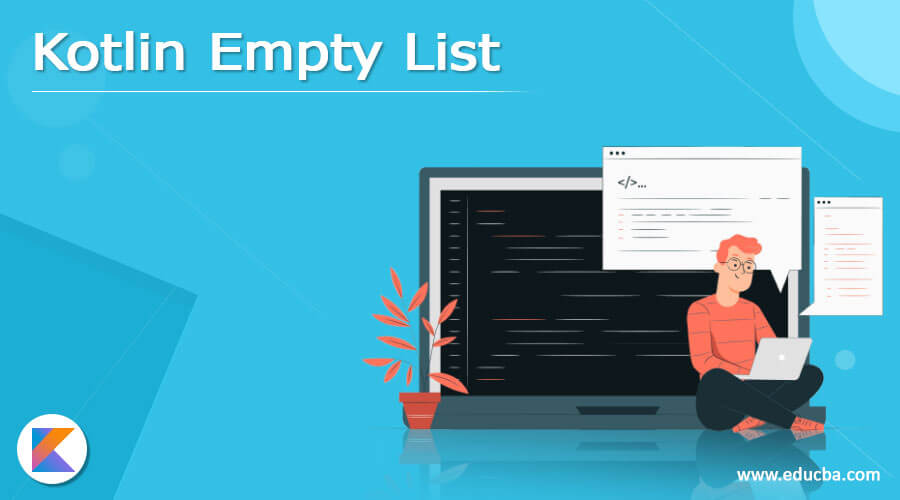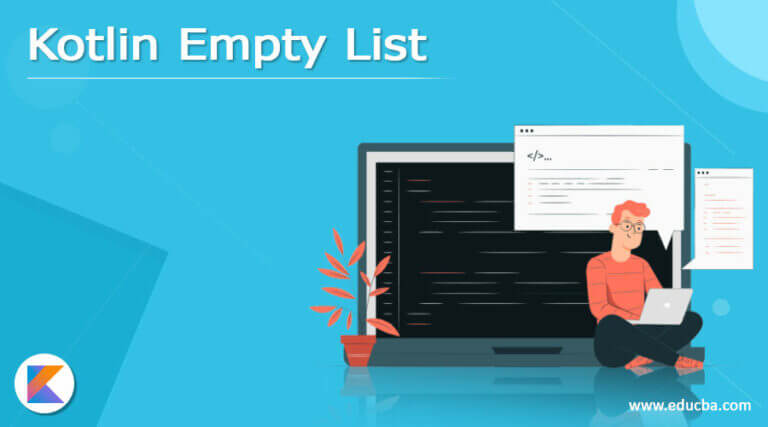
Then select the project you just extracted. Open Android Studio 3.3.2 or later, and choose Open an existing Android Studio project. Getting Startedĭownload the starter project using the Download materials button at the top or bottom of the tutorial. If you’re completely new to Kotlin, XML or Android Studio, you should take a look at the Beginning Android Development Series and Kotlin For Android: An Introduction before you start. This tutorial assumes you’re familiar with the basics of Android development. You’ll need to use Kotlin 1.3.21 or later and Android Studio 3.3.2 or later. In addition, you’ll use the Kotlin programming language and Android Studio 3.3.

The way to manage configuration changes and persist data within your activity.The various stages in the lifecycle of an activity and how to handle each stage gracefully.The process for creating, starting and stopping an activity, and how to handle navigation between activities.You’ll create a to-do list app named Forget Me Not and along the way learn: In this Introduction to Android Activities Tutorial, you’ll dive into how to work with activities. In short, activities are one of the basic building blocks of an Android application. Activities are where all the action happens, because they are the screens that allow the user to interact with your app. Actually, the first thing you do is create an Activity.

When you make an Android app, it’s likely that the first thing you’ll do is plot and plan how you’ll take over the world. Once a list is declared as Immutable, then it becomes read-only.Note: The sample code for this tutorial has been updated to be compatible with Android Studio 3.3.2 or later. Example – Initialize List ~ Immutable List We will see two different implementations of initializing List. List can be of two types: immutable and mutable. Let's check how we can initialize such a collection in Kotlin. By, we understand that the List does not have any specific data type.

List denotes a List collection of generic data type.


 0 kommentar(er)
0 kommentar(er)
